Home>Interior Design>What Is The Most Beautiful Color For A Room? Experts Agree
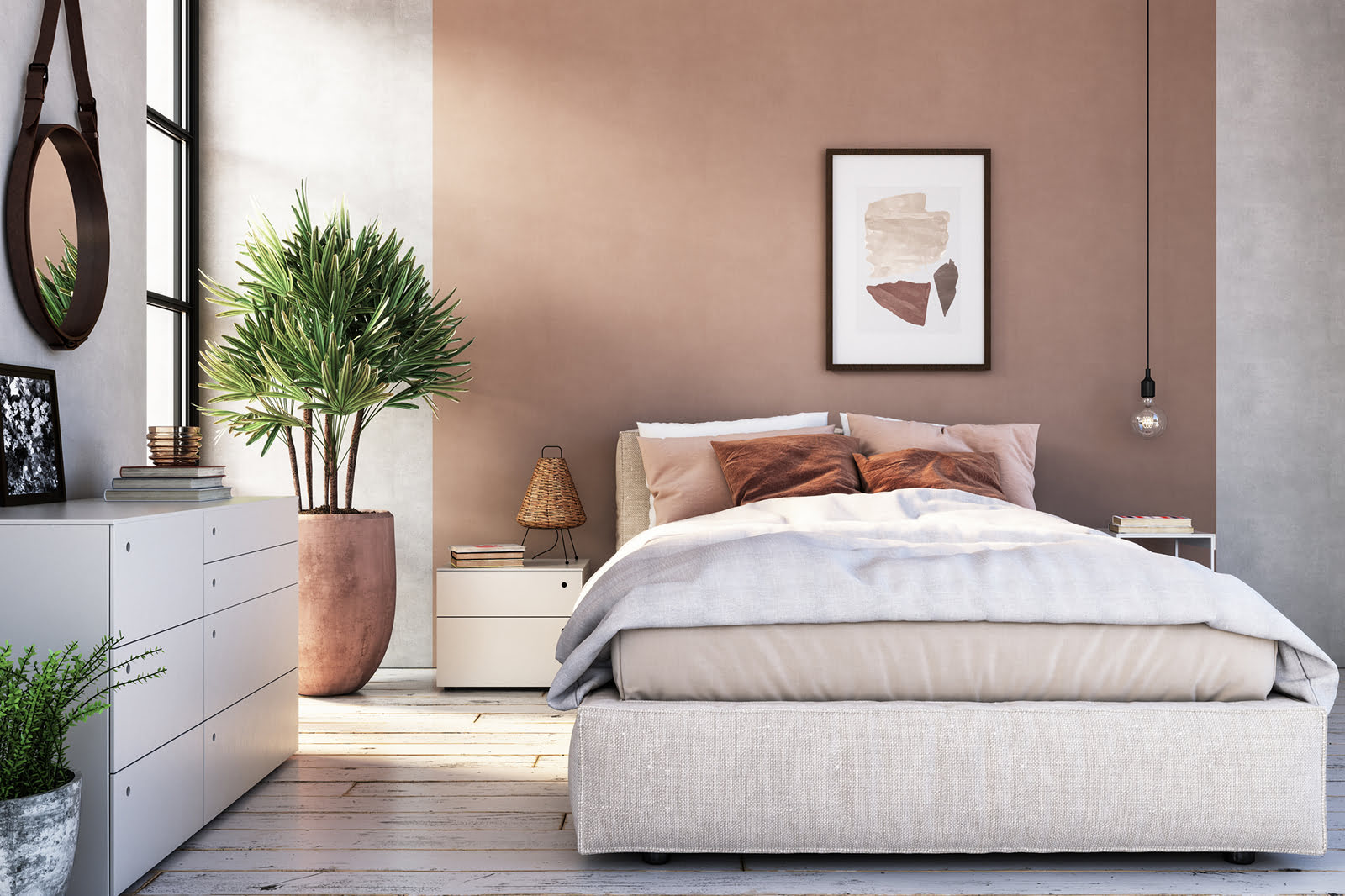

Interior Design
What Is The Most Beautiful Color For A Room? Experts Agree
Modified: September 2, 2024
Discover the most beautiful color for your room with the help of interior design experts. Transform your space with the perfect hues for a harmonious and stunning ambiance.
(Many of the links in this article redirect to a specific reviewed product. Your purchase of these products through affiliate links helps to generate commission for Storables.com, at no extra cost. Learn more)
Introduction
When it comes to decorating a room, one of the most important considerations is the choice of color. The color of a room can significantly impact its overall aesthetic appeal and create a particular ambiance. But with so many colors to choose from, which one is the most beautiful for a room? As an interior design expert, I often get asked this question. While the answer is subjective and can vary based on personal preferences, there are certain factors that can influence the perceived beauty of a room color.
Before we explore what experts have to say about the most beautiful color for a room, let’s delve into some of the key factors that can influence the beauty of a room color.
Key Takeaways:
- The most beautiful color for a room is subjective and depends on factors like lighting, room size, function, existing décor, and personal taste. Understanding color psychology can help create the desired ambiance.
- Ultimately, the most beautiful color for a room is the one that brings joy and evokes positive emotions for the occupants. Trust your instincts and choose a color that reflects your personal style and resonates with you.
Factors that influence the beauty of a room color
Choosing the right color for a room involves much more than just personal preference. Several factors can influence the perceived beauty of a room color:
- Lighting: The lighting in a room plays a crucial role in how colors are perceived. Natural light, artificial lighting, and the direction of light can all affect the appearance of colors. It’s essential to consider the lighting conditions in the room when choosing a color to ensure it looks its best.
- Room size: The size of a room can impact the choice of color. Lighter colors tend to make a space feel more open and spacious, while darker colors can create a cozy and intimate atmosphere. Considering the size of the room can help determine whether to opt for a light or dark color palette.
- Function of the room: The function of the room should also be taken into account when selecting a color. Different colors can evoke different moods and emotions, so choosing a color that aligns with the purpose of the room can enhance its overall beauty. For example, soothing and calming colors like blue or green may work well in a bedroom, while vibrant and energetic colors like yellow or orange may be more suitable for a living room or playroom.
- Existing décor: The color of the room should harmonize with the existing décor and furnishings. Considering the color of the furniture, flooring, and accessories in the room can help create a cohesive and visually pleasing space.
- Personal taste: Ultimately, personal taste is an essential factor in determining the beauty of a room color. Everyone has their own preferences and styles, and choosing a color that resonates with your personal taste can make a room feel more inviting and beautiful to you.
By considering these factors, you can make an informed decision about the color of your room and enhance its overall beauty. But beyond these considerations, it’s also important to understand the psychology behind colors and how they can affect mood and ambiance. Let’s explore color psychology next.
Understanding color psychology
Color psychology is the study of how different colors can impact human emotions, behavior, and overall well-being. Each color has its own unique psychological and physiological effects, and understanding these effects can help in creating the desired atmosphere in a room.
Here is a brief overview of the psychological associations commonly attributed to different colors:
- Red: Red is often associated with energy, passion, and excitement. It can stimulate the senses and create a sense of urgency. However, it’s important to use red in moderation as it can also evoke feelings of anger or restlessness.
- Orange: Orange is a warm and vibrant color that can evoke feelings of enthusiasm and creativity. It is often used to add a dynamic and energetic touch to a room. However, like red, it should be used in moderation as it can become overwhelming if overused.
- Yellow: Yellow is associated with happiness, optimism, and positivity. It can create a warm and uplifting atmosphere in a room. However, it’s important to choose a shade of yellow that is not too overwhelming, as it can cause feelings of anxiety or irritability.
- Green: Green is often associated with nature, growth, and tranquility. It has a calming effect and can help to create a peaceful and relaxing environment. Lighter shades of green can promote a sense of harmony, while darker shades can add a touch of sophistication.
- Blue: Blue is known for its calming and soothing properties. It can promote a sense of serenity and relaxation. Lighter shades of blue can create an airy and spacious feel, while darker shades can add depth and richness to a room.
- Purple: Purple is often associated with luxury, creativity, and spirituality. It can add a touch of elegance and sophistication to a room. Lighter shades of purple can create a feminine and romantic atmosphere, while darker shades can create a more dramatic and moody ambiance.
- Neutral colors: Neutral colors like white, beige, and gray are often used as a backdrop or base color in interior design. They can create a sense of balance and allow other elements in the room to stand out. Neutral colors are versatile and can be easily paired with other colors.
Understanding color psychology can help you choose a color that aligns with the desired mood and atmosphere in a room. Now, let’s see what experts have to say about the most beautiful color for a room.
Consider using a soft, neutral color like light gray, pale blue, or a warm beige for a room. These colors are calming and versatile, creating a beautiful and inviting space.
The effects of different colors on mood and ambiance
Colors have a significant impact on our mood and the overall ambiance of a room. Different colors can evoke specific emotions and create a particular atmosphere. Let’s explore the effects of some common colors:
- Warm colors: Warm colors, such as red, orange, and yellow, can create a lively and energetic atmosphere. They are often associated with feelings of warmth, happiness, and excitement. These colors can be great choices for social spaces like living rooms or dining areas.
- Cool colors: Cool colors, such as blue, green, and purple, have a calming and soothing effect. They are known to promote relaxation, tranquility, and a sense of serenity. These colors work well in bedrooms or spaces where a peaceful ambiance is desired.
- Neutral colors: Neutral colors, including white, beige, and gray, are versatile and can create a sense of balance and simplicity. They provide a neutral backdrop that allows other elements in the room to take center stage. Neutral colors are often used in minimalist or contemporary designs.
It’s important to consider the intended mood and ambiance of a room when selecting colors. For example, if you want to create a cozy and intimate space, you may opt for warm, earthy tones like deep reds or terracottas. On the other hand, if you want to create a light and airy atmosphere, you may choose pastel shades or cool blues and greens.
Ultimately, the effects of colors on mood and ambiance can vary from person to person. Cultural background and personal experiences can also influence how individuals interpret colors and their emotional responses to them. It’s essential to consider your own preferences and the specific needs of the room when choosing colors.
Now that we have explored the factors that influence the beauty of a room color and the effects of different colors on mood and ambiance, let’s see what the experts have to say about the most beautiful color for a room.
Expert opinions on the most beautiful color for a room
Opinions on the most beautiful color for a room can vary among experts in the field of interior design. Let’s take a look at what some of these experts have to say:
1. Elle Decor: According to Elle Decor, a popular interior design magazine, the most beautiful color for a room is a soft and ethereal shade of blue. They suggest that blue can create a calm and serene atmosphere while also adding a touch of elegance and sophistication.
2. Architectural Digest: Architectural Digest suggests that the most beautiful color for a room depends on the desired mood and style. They emphasize the importance of selecting a color that resonates with your personal taste and complements the overall design scheme of the room.
3. House Beautiful: House Beautiful recommends using shades of green as the most beautiful color for a room. They highlight the calming and refreshing qualities of green, which can create a connection to nature and promote a sense of harmony and balance.
4. Interior Designers: Many interior designers believe that the most beautiful color for a room is the one that brings joy and evokes positive emotions for the occupants. They encourage clients to explore a variety of colors and find the one that resonates with their unique personality and style.
5. Personal preference: Ultimately, personal preference plays a significant role in determining the most beautiful color for a room. What one person finds beautiful, another person may not. It’s important to trust your own instincts and choose a color that you love and feel comfortable living with.
Remember, the most beautiful color for a room is subjective and can vary based on individual preferences, cultural influences, and the specific characteristics of the space. The key is to select a color that creates the desired ambiance and reflects your personal style.
Now that we have explored expert opinions on the most beautiful color for a room, let’s conclude our discussion.
Conclusion
Choosing the most beautiful color for a room is a subjective decision that relies on a variety of factors. It is important to consider the lighting, size, function of the room, existing décor, and personal taste when making this decision. Additionally, understanding color psychology can help in creating the desired mood and ambiance in a room.
While interior design experts may have their own opinions on the most beautiful color, it is ultimately up to the individual to decide what resonates with them. Magazines and industry professionals may suggest various colors, such as soft blues, calming greens, or warm neutrals, but personal preference and the intended atmosphere of the room should always be taken into account.
Colors have a significant impact on mood and can shape the overall ambiance of a space. Warm colors like red, orange, and yellow can create an energetic and lively atmosphere, while cool colors like blue and green can promote relaxation and tranquility. Neutral colors provide a versatile backdrop and allow other elements in the room to shine.
Ultimately, the most beautiful color for a room is one that brings joy and evokes positive emotions for the occupants. It is a color that creates a sense of harmony and reflects the individual’s personal style. Trusting one’s instincts and selecting a color that resonates on a personal level is the key to creating a beautiful and inviting space.
Remember, the choice of color for a room is an opportunity for self-expression and should be a reflection of your unique personality and preferences. So go ahead, explore different colors, consider their psychological effects, and choose the color that makes you feel the most beautiful and comfortable in your space.
By keeping these factors in mind and trusting your instinct, you can create a room that is not only visually appealing but also resonates with your personal style and enhances your overall well-being.
Frequently Asked Questions about What Is The Most Beautiful Color For A Room? Experts Agree
Was this page helpful?
At Storables.com, we guarantee accurate and reliable information. Our content, validated by Expert Board Contributors, is crafted following stringent Editorial Policies. We're committed to providing you with well-researched, expert-backed insights for all your informational needs.
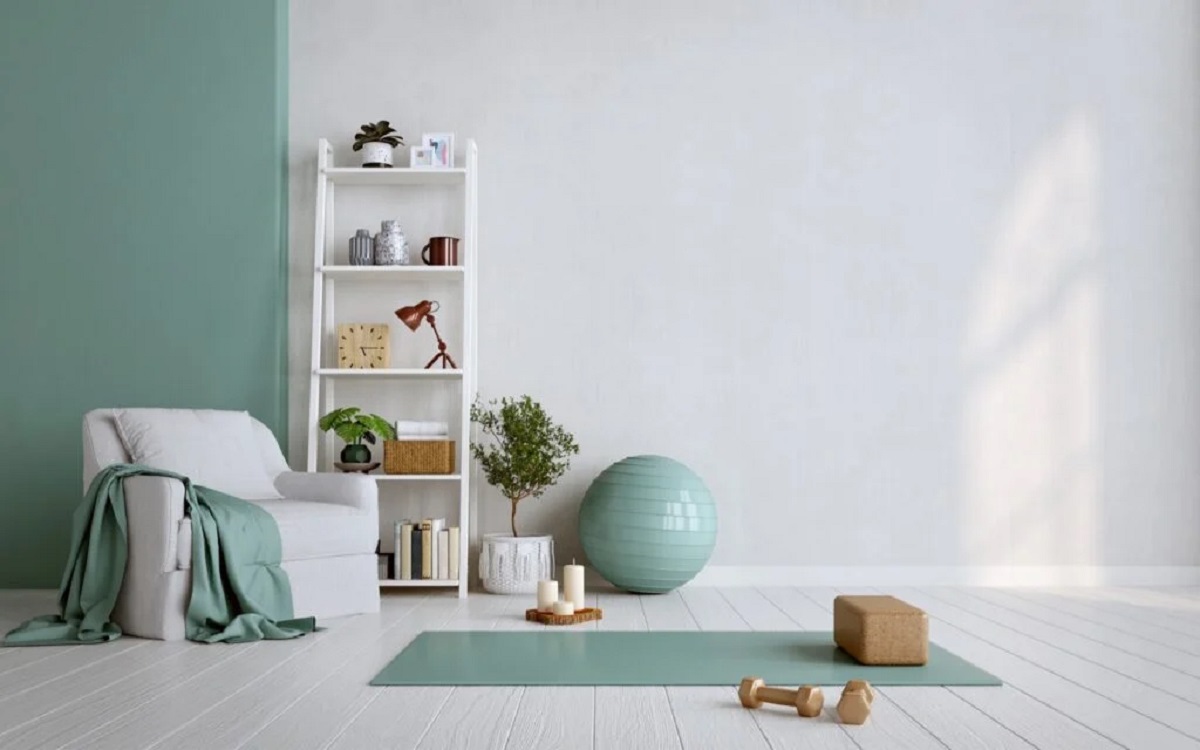
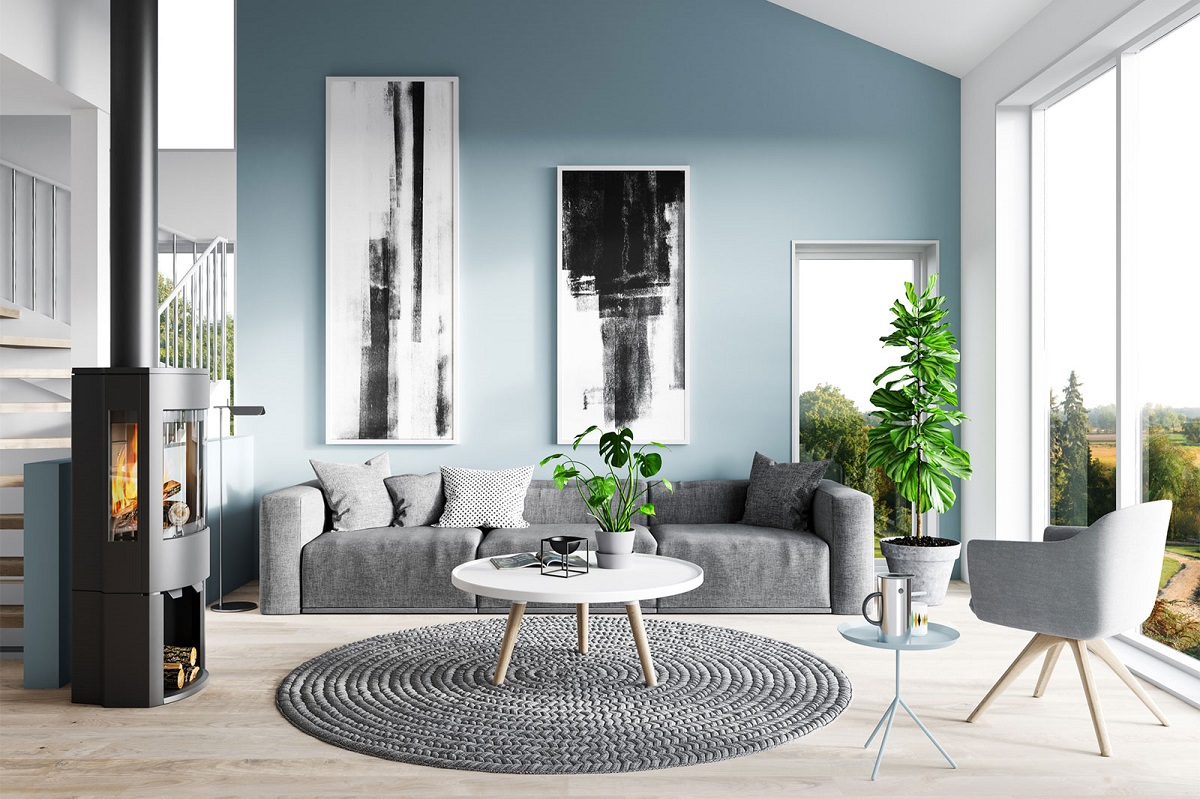
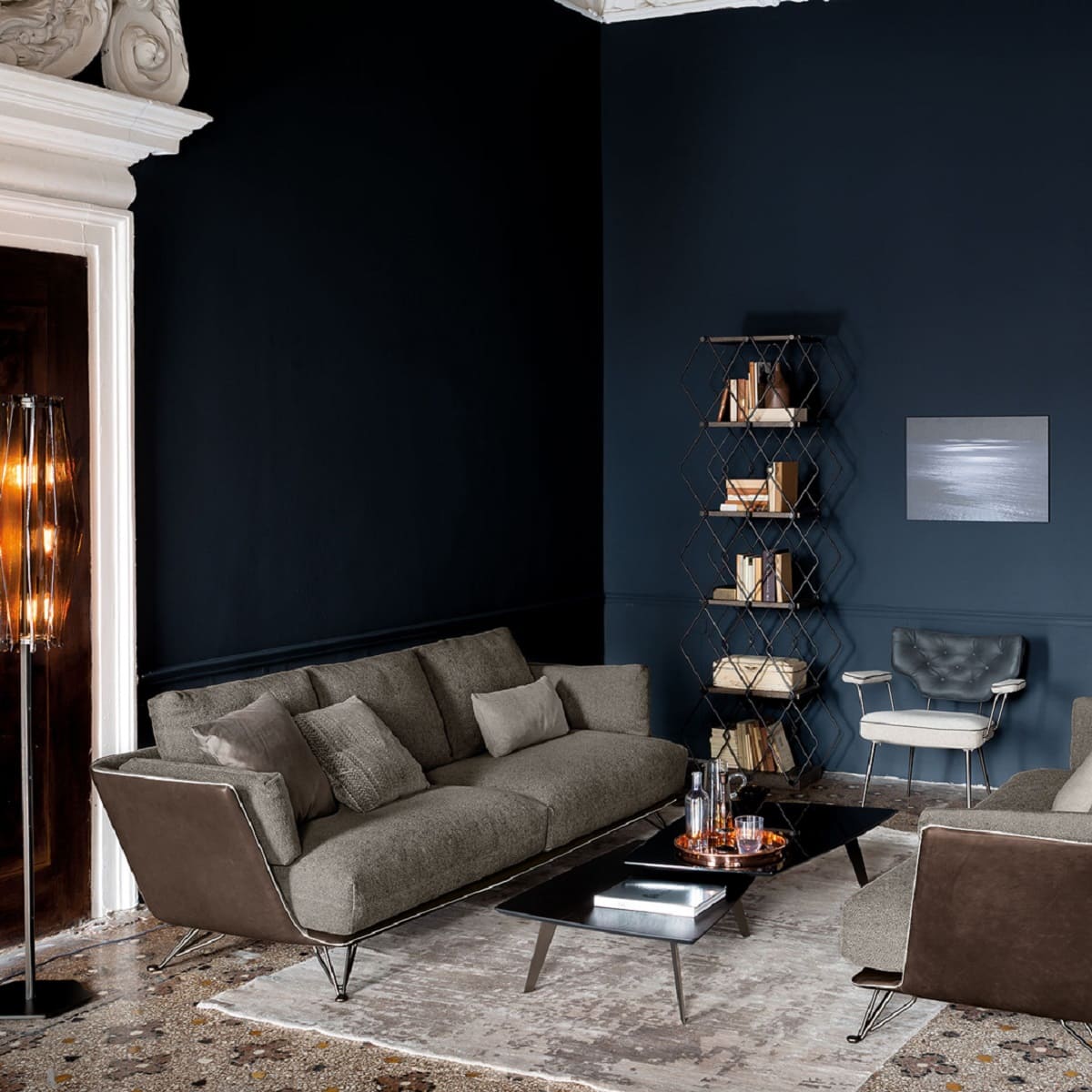

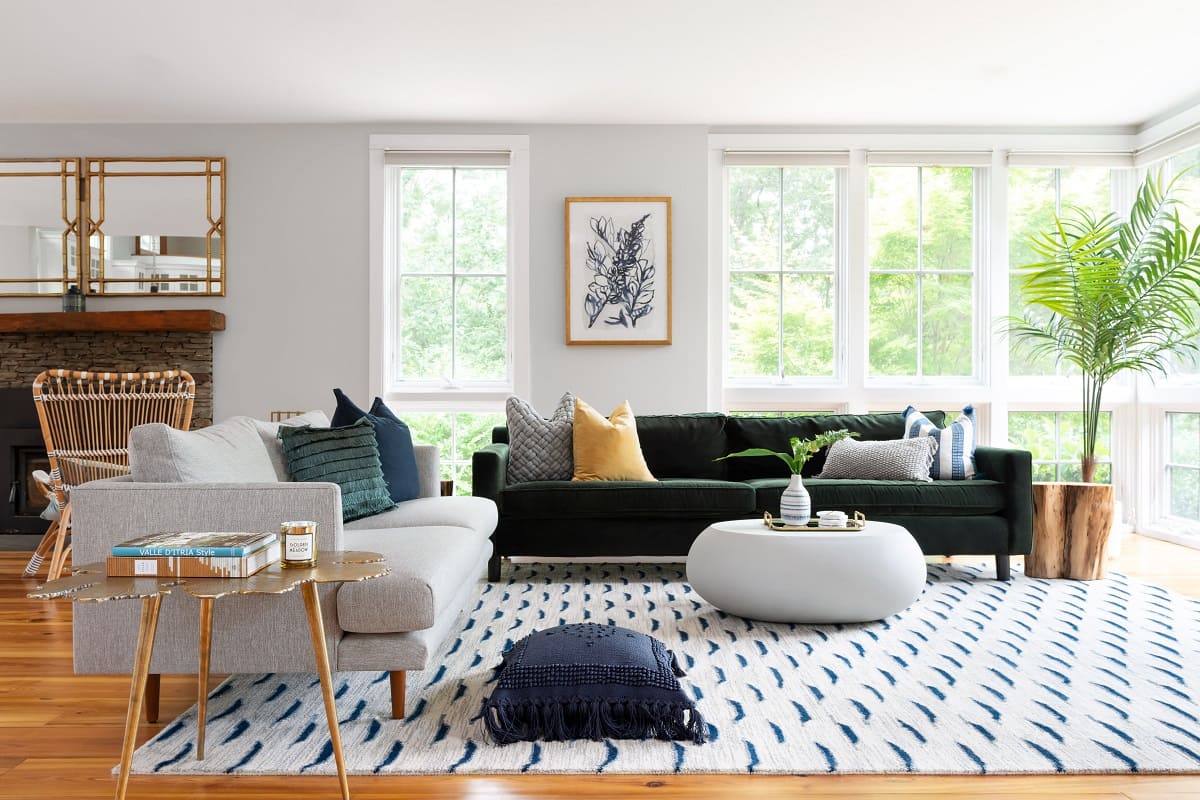
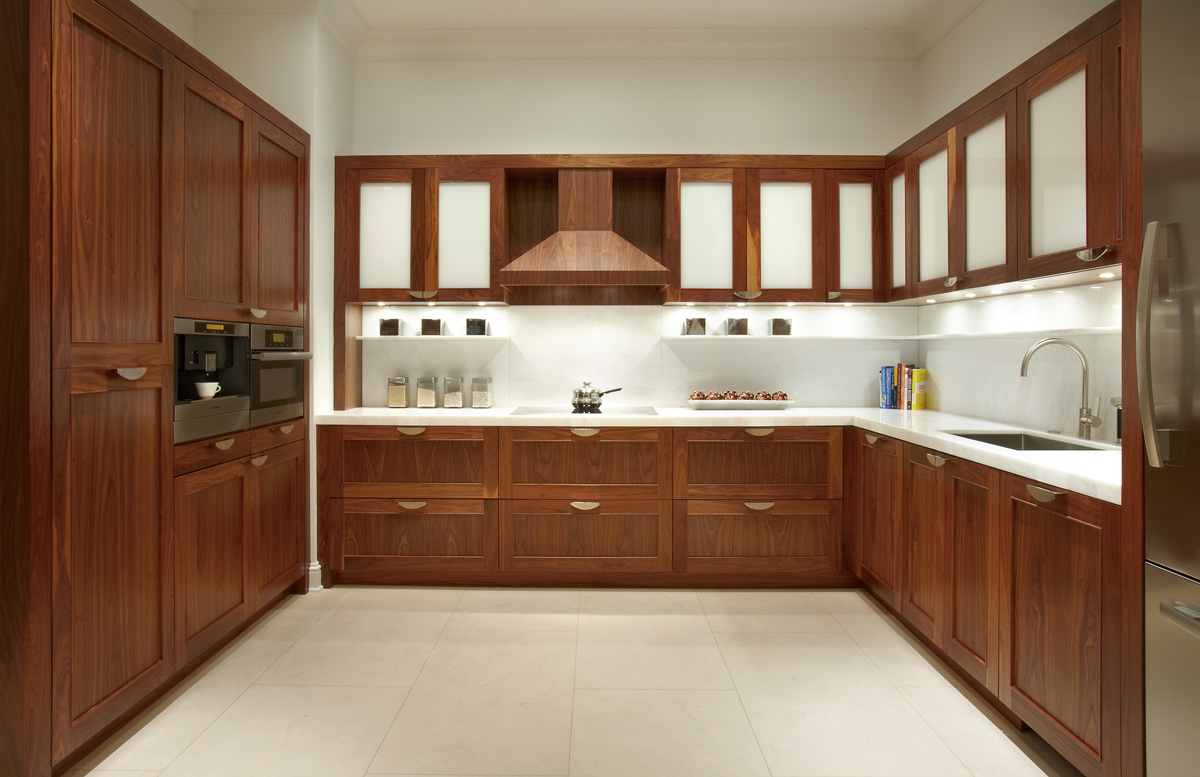
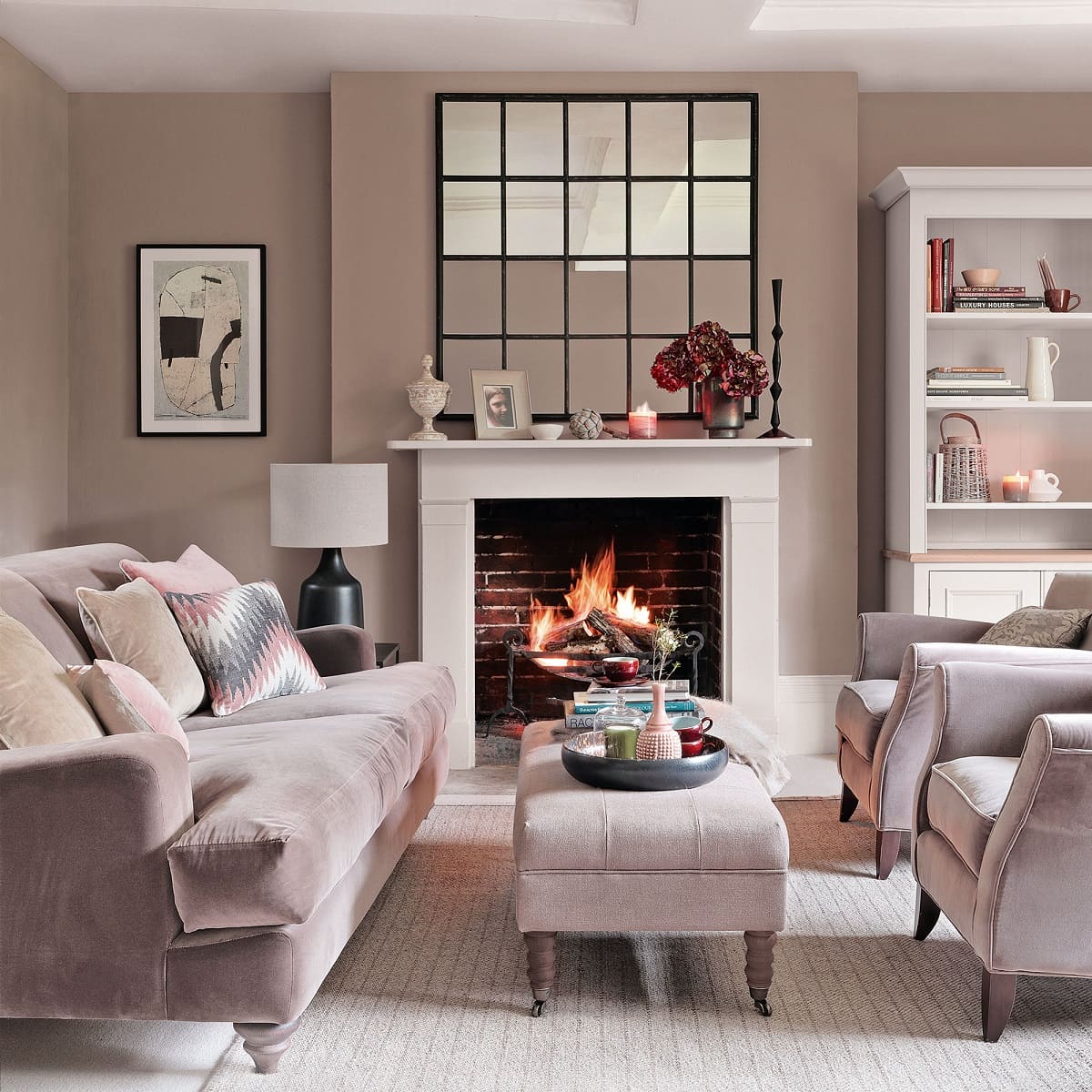
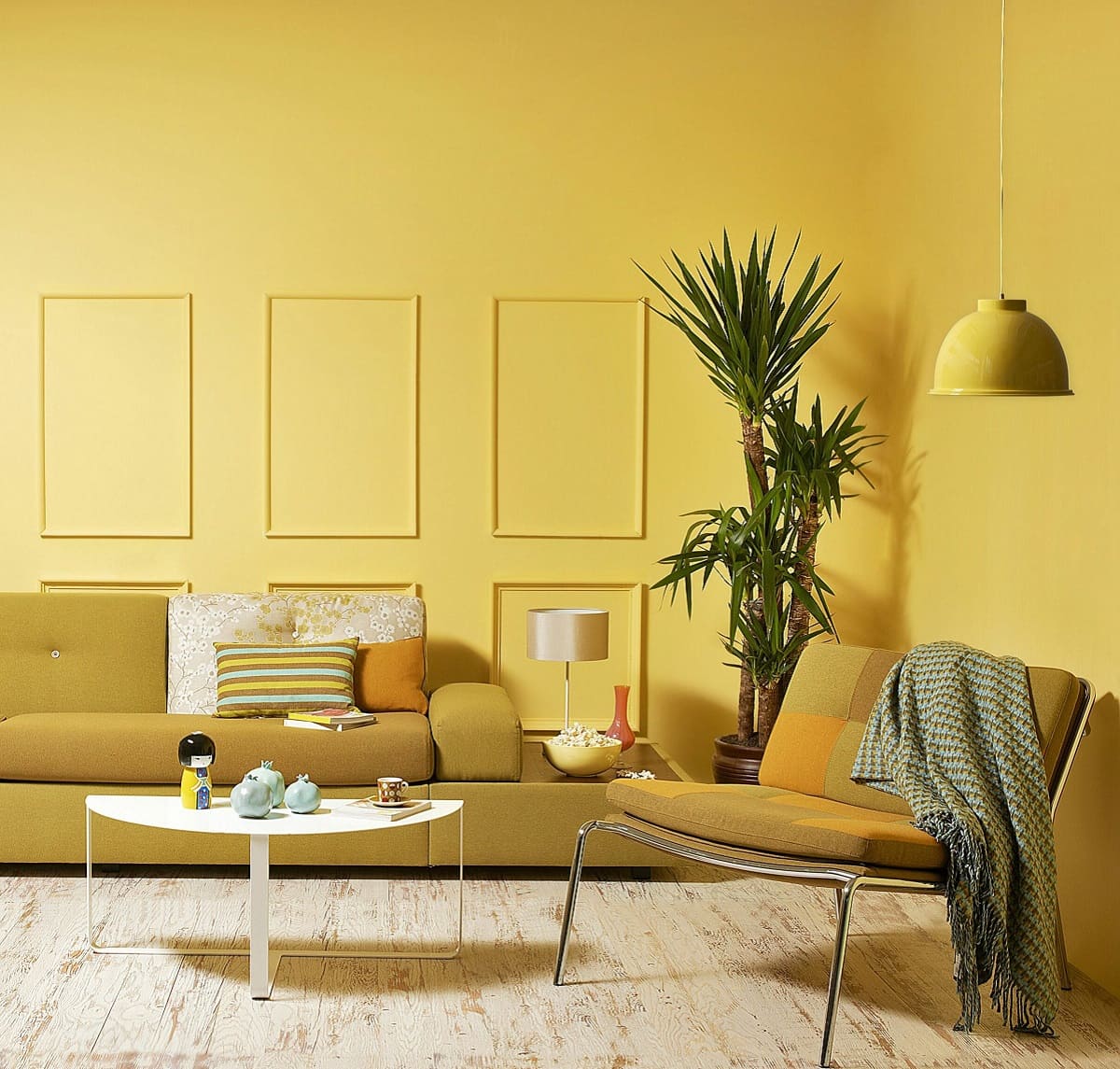
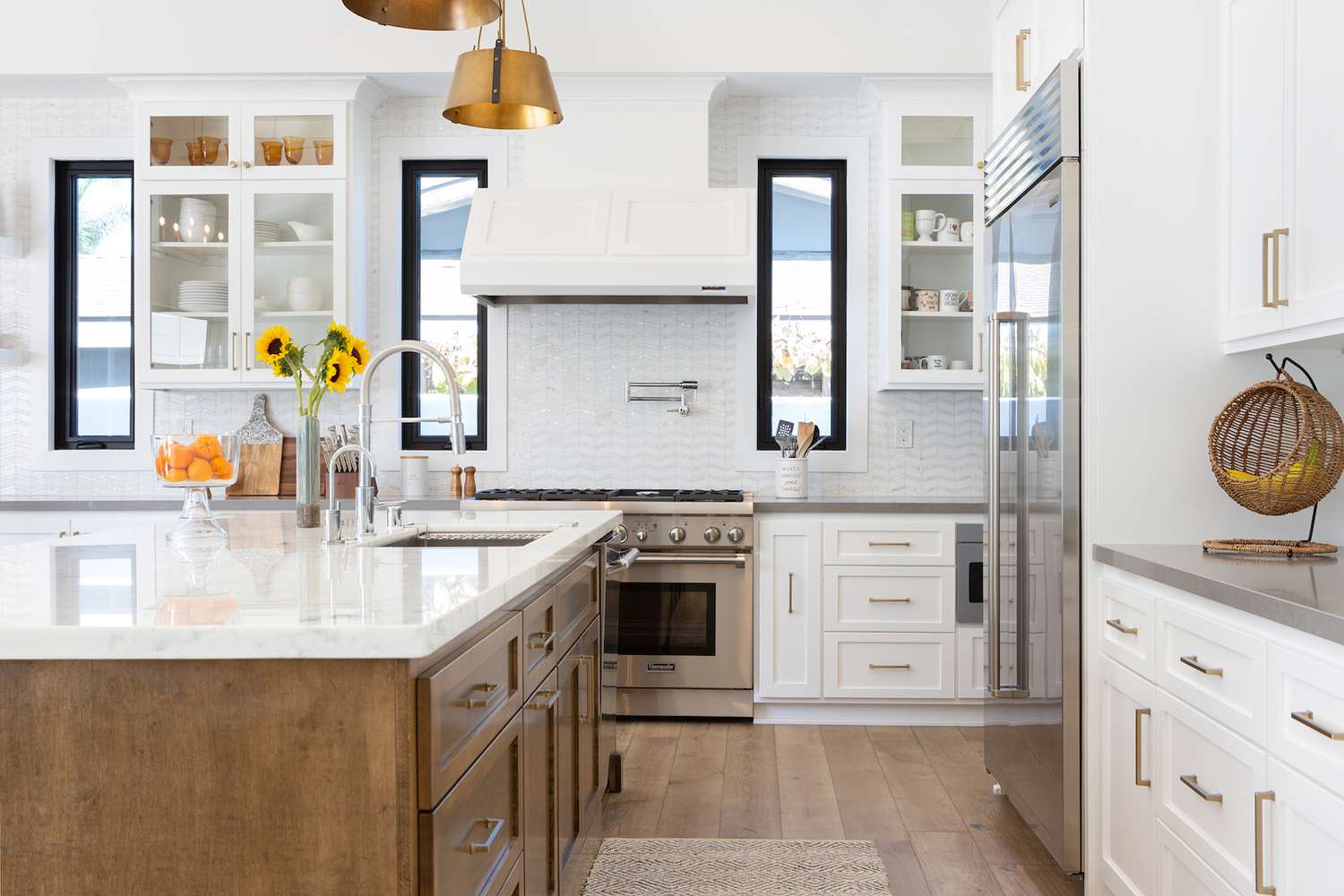
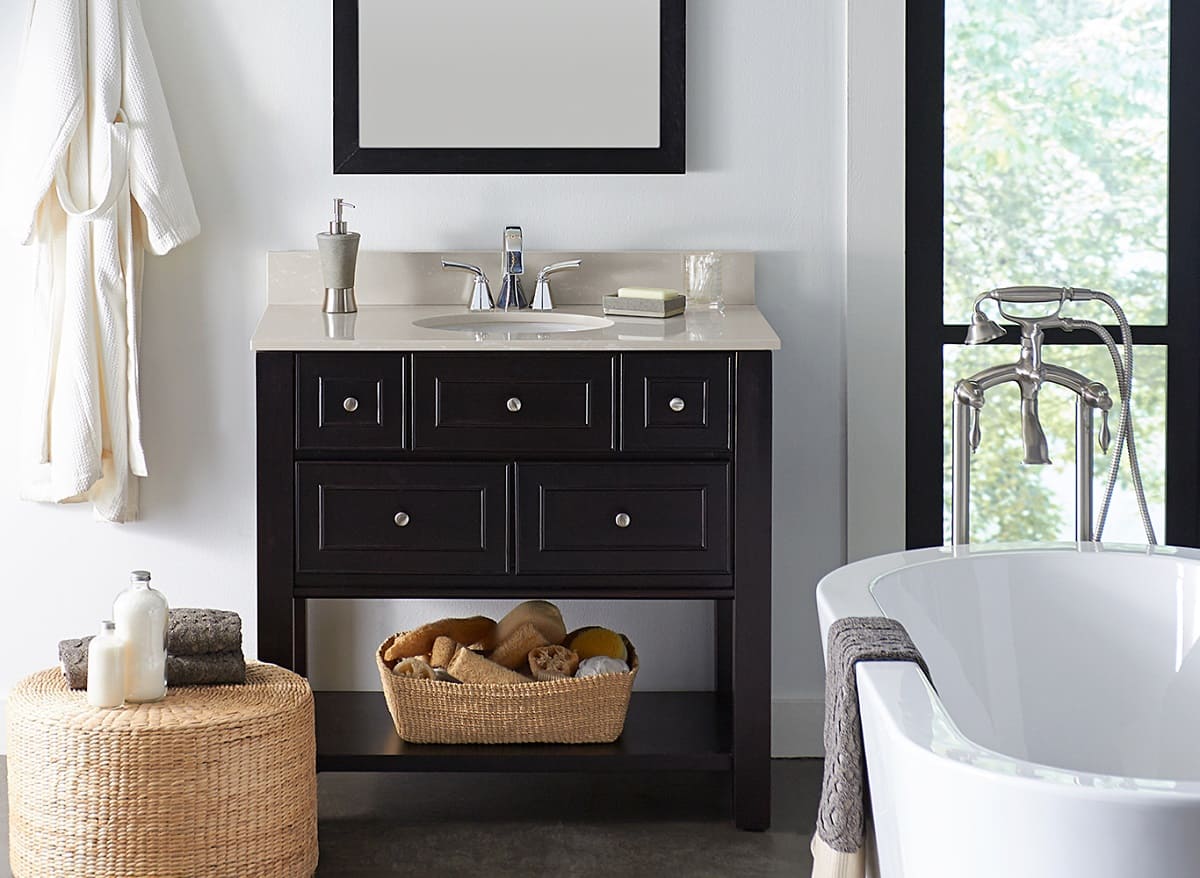

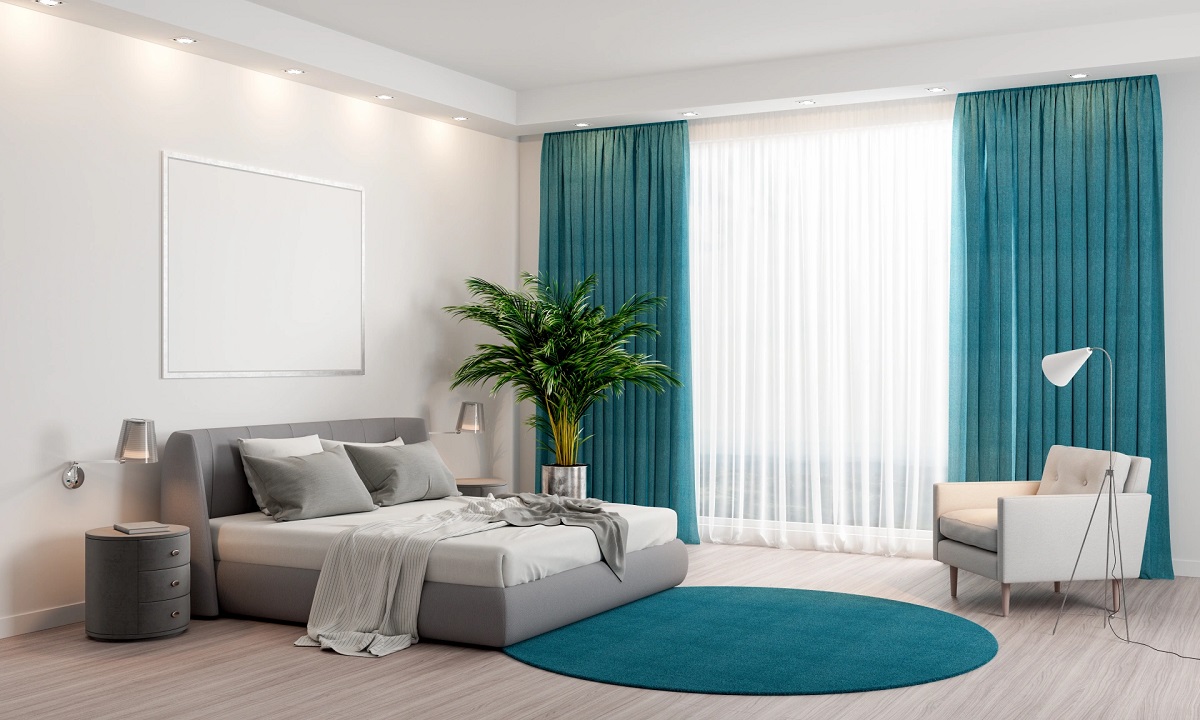
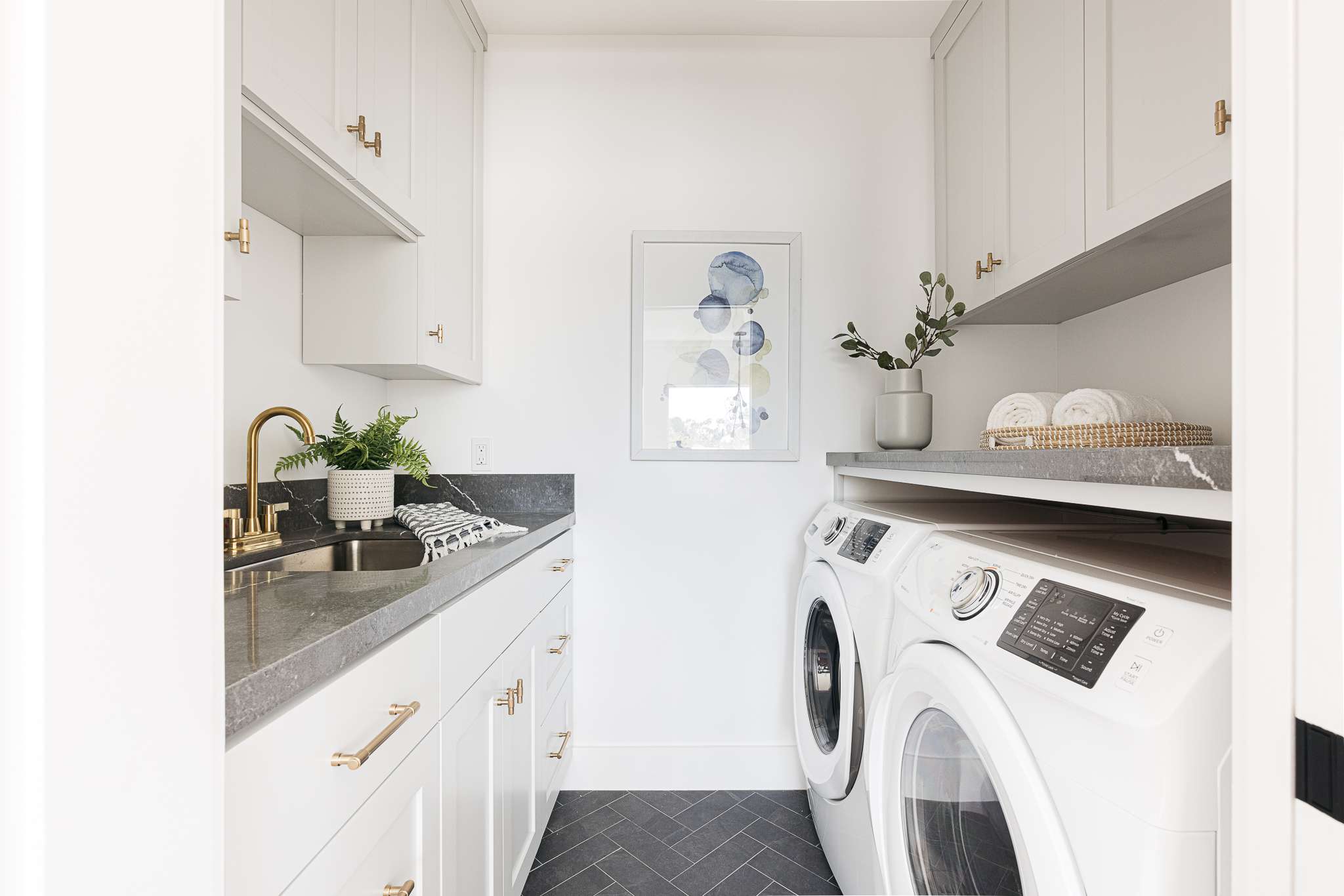
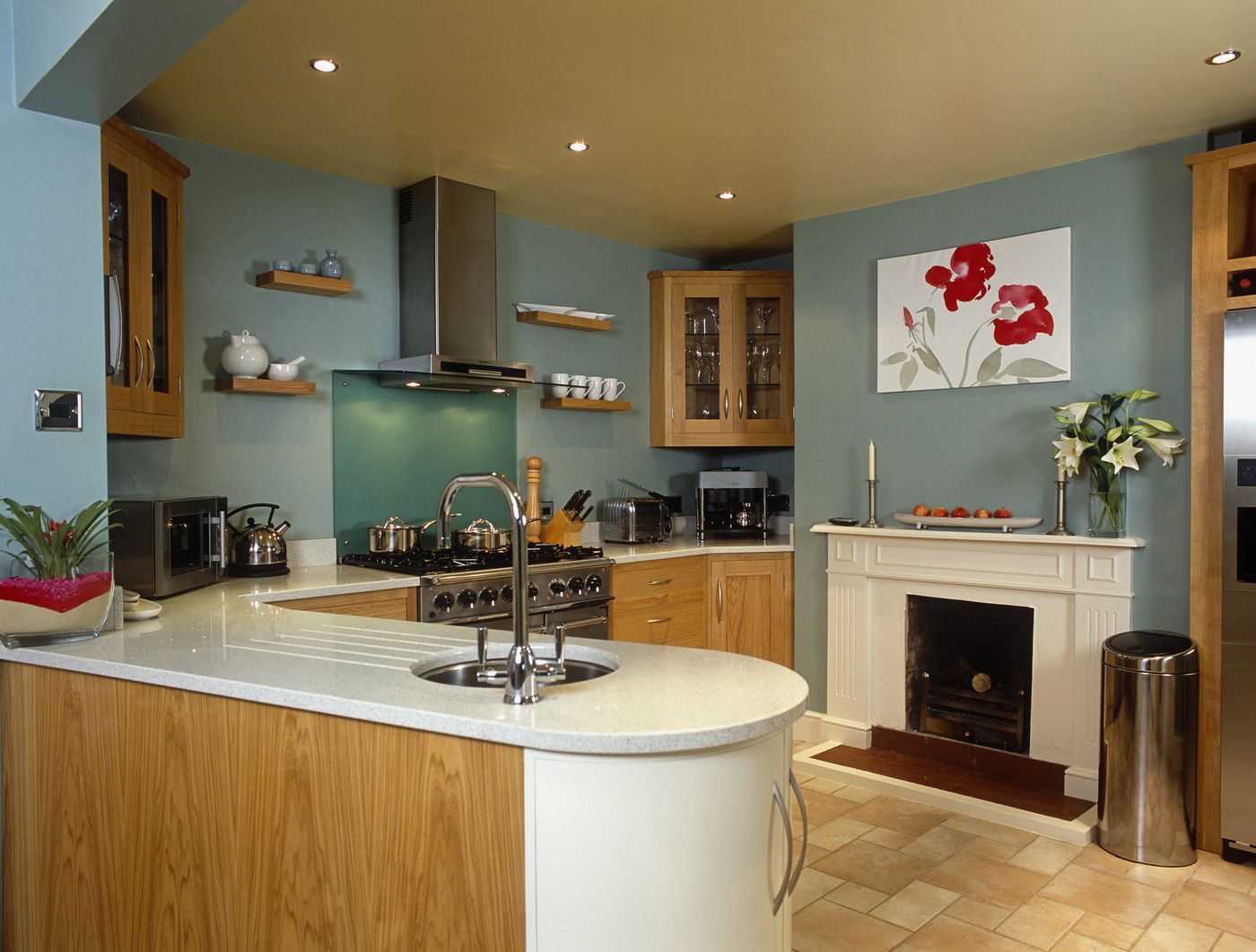

0 thoughts on “What Is The Most Beautiful Color For A Room? Experts Agree”